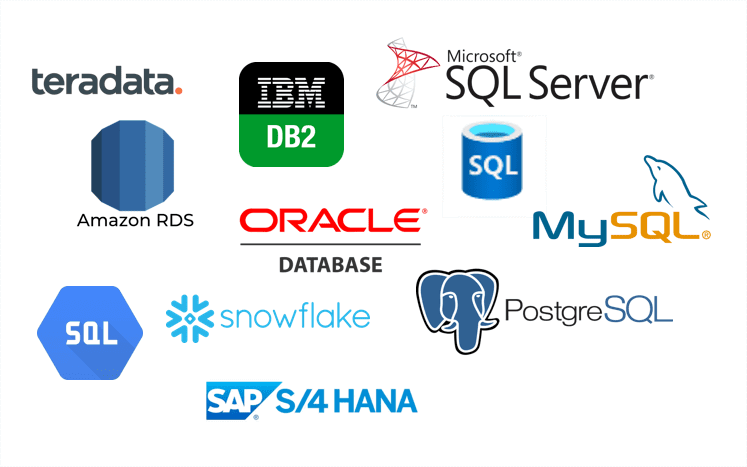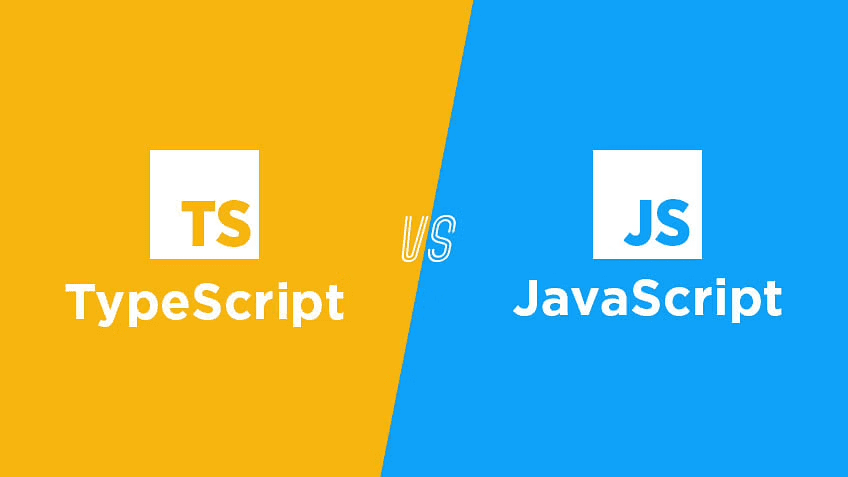- Position: Senior Software Engineer | Full Stack
- Interview Time: Aug 2024
- Company Type: Global Company
- Company Name: S__
1. What is Token-Based Authentication?
Question: What is token-based authentication, and why is it used?
Answer:
Token-based authentication is a security mechanism where an application authenticates users based on tokens (e.g., JWT) rather than traditional session management. Tokens are compact, portable, and can be used across different domains, making them ideal for distributed and stateless systems.
Question: What is JWT, and how does it work?
Answer:
JSON Web Tokens (JWT) are an open standard used to securely transmit information between parties. The token is made up of three parts:
- Header: Specifies the algorithm used (e.g., HS256, RS256).
- Payload: Contains the claims, which can be user information or any other relevant data.
- Signature: Ensures the token’s integrity by signing it with a secret or private key.
The server verifies the token’s signature, ensuring the authenticity of the request.
2. Managing Access Control
Question: What is Role-Based Access Control (RBAC)?
Answer:
Role-Based Access Control (RBAC) is a method of restricting system access based on the user’s role within an organization. Each role is granted specific permissions, and users are assigned roles based on their job functions. This simplifies the management of permissions and enhances security.
Question: How does Attribute-Based Access Control (ABAC) differ from RBAC?
Answer:
ABAC controls access based on attributes (e.g., user attributes, resource attributes, or environment conditions) rather than roles. ABAC offers more flexibility by allowing dynamic access control policies. While RBAC assigns roles statically, ABAC takes into account specific conditions like time of access or IP address.
3. OAuth2 and OpenID Connect
Question: What is OAuth2, and how does it improve security?
Answer:
OAuth2 is an authorization framework that allows a third-party application to access user data without exposing the user’s credentials. OAuth2 uses access tokens to authorize actions on behalf of the user, limiting access to only necessary resources, which minimizes the risk of overexposure of sensitive data.
Question: What is the difference between OAuth2 and OpenID Connect (OIDC)?
Answer:
- OAuth2 is purely an authorization protocol that focuses on granting access to resources.
- OpenID Connect (OIDC) extends OAuth2 to provide authentication by adding an identity layer. OIDC issues ID tokens alongside access tokens, which contain information about the authenticated user.
4. Refresh Tokens and Rotation
Question: What is a refresh token, and why is it needed?
Answer:
A refresh token is a long-lived token used to obtain a new access token when the current access token expires. Unlike access tokens, refresh tokens are not sent with every request, reducing the risk of exposure. They are stored securely and used to maintain an active user session without requiring users to log in frequently.
Question: How does token rotation improve security?
Answer:
Token rotation involves issuing a new refresh token each time an access token is refreshed. This minimizes the risk of token theft, as a refresh token can only be used once. If the token is intercepted or compromised, it becomes invalid once it’s used, thereby reducing the risk of unauthorized access.
5. Securing APIs with Access Tokens
Question: How do you secure your APIs using access tokens?
Answer:
To secure APIs using access tokens:
- Use HTTPS to encrypt tokens in transit.
- Validate tokens on the server using a secret key or public key for signature verification.
- Ensure tokens have expiration times to limit their lifespan and minimize the damage in case of exposure.
- Implement scopes to control what actions the user can perform with a token.
Question: What are the common vulnerabilities when handling access tokens?
Answer:
- Token theft: Ensure tokens are stored securely in places like HTTP-only cookies or local storage with encryption.
- Token reuse: Implement token rotation and revocation to prevent unauthorized reuse.
- Token exposure in URLs: Avoid passing tokens in URLs to prevent leaking tokens in browser history or logs.
6. Securing Access with Multi-Factor Authentication (MFA)
Question: What is Multi-Factor Authentication (MFA), and why is it important?
Answer:
Multi-Factor Authentication (MFA) requires users to provide two or more verification factors to gain access. This could include something the user knows (password), something the user has (a token or phone), or something the user is (fingerprint or face recognition). MFA adds an extra layer of security, reducing the risk of unauthorized access due to stolen credentials.
Question: What are the most common MFA methods?
Answer:
- SMS-based: A one-time passcode sent to the user’s phone via text.
- Authenticator apps: Apps like Google Authenticator or Authy that generate time-based codes.
- Biometrics: Fingerprints, face recognition, or retinal scans.
- Hardware tokens: Physical devices that generate one-time codes (e.g., YubiKey).
7. Secure Storage of Secrets and Tokens
Question: How should tokens and secrets be securely stored?
Answer:
- Use secure storage mechanisms like the Windows Credential Manager or Keychain for desktop applications.
- For web applications, store tokens in HTTP-only cookies to prevent access from JavaScript.
- Ensure secrets are encrypted both at rest and in transit using strong encryption algorithms.
Question: What are the best practices for rotating secrets and tokens?
Answer:
- Implement automatic rotation for secrets and tokens to minimize the impact of a leak.
- Use secret management systems like Vault or AWS Secrets Manager for secure and automated secret management.
- Track token expiration and ensure users are prompted to reauthenticate at appropriate intervals.
8. Access Control Lists (ACLs) and Permissions
Question: What are Access Control Lists (ACLs), and how do they differ from RBAC?
Answer:
Access Control Lists (ACLs) are lists of permissions attached to objects that define which users or systems can access the object and what operations they can perform. Unlike RBAC, where roles are predefined, ACLs define permissions explicitly for each user or group on specific resources.
Question: How do you implement fine-grained access control in a system?
Answer:
- Implement policy-based access control (PBAC) where policies are defined dynamically based on user attributes or context.
- Use ACLs or ABAC to define detailed permissions for specific users or roles.
- Ensure access policies are constantly updated and reviewed to avoid over-permissioning users.
9. Access Token Expiration and Revocation
Question: Why is token expiration important?
Answer:
Token expiration is crucial because it limits the window of time during which an attacker can misuse a stolen token. By enforcing short expiration times, you can minimize the impact of token theft.
Question: How do you handle token revocation?
Answer:
To handle token revocation:
- Use a revocation list that tracks expired or compromised tokens.
- Implement token blacklisting to prevent any compromised token from being used again.
- In case of a critical breach, force token expiration across all sessions.
10. Logging and Auditing in Authentication Systems
Question: How important is logging and auditing for security?
Answer:
Logging and auditing are essential for monitoring access patterns, detecting malicious activity, and maintaining an audit trail for compliance. Ensure that all authentication events are logged, including failed login attempts, token issuance, and access control changes.
Question: What should be included in security logs for authentication systems?
Answer:
- User ID and IP address of the requester.
- Timestamp of the authentication attempt.
- Action taken (login, token issued, token revoked).
- Result (success or failure), and any error codes or reasons for failure.
🔗 Explore More Insightful Blogs! Visit the original website for more in-depth articles and resources tailored for developers like you. 🚀










